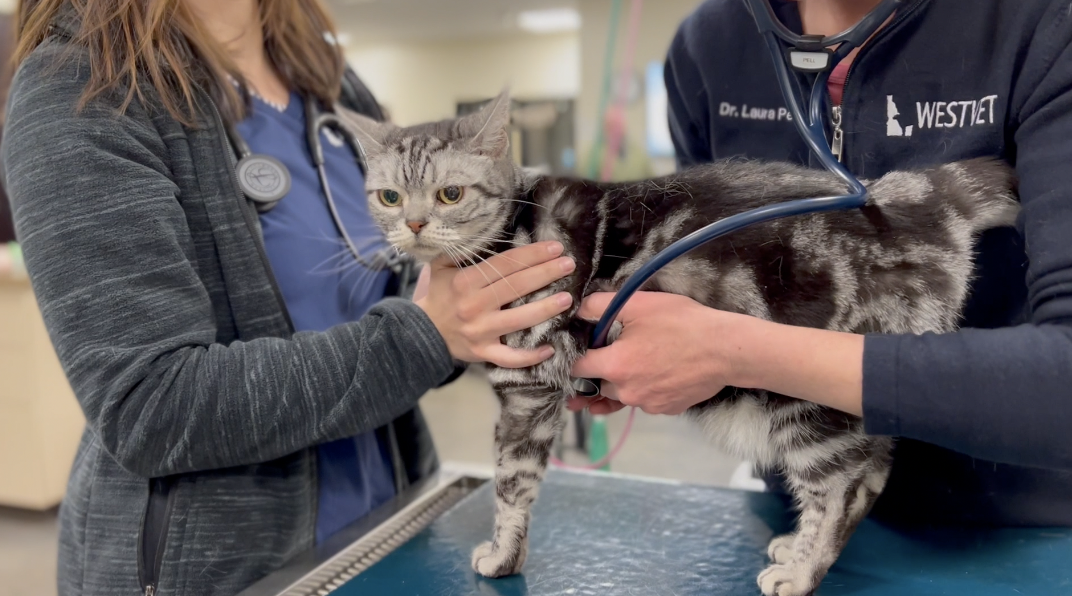GARDEN CITY, Idaho — A few months ago, Idaho News 6 reported how WestVet, the 24/7 animal emergency, and specialty care center was feeling the pressure of staff shortages amid growing demand for services.
Around the country, the problem still continues. Along with most other professions right now — the veterinary field is still suffering from short staff and high demand.
Even with new veterinarians graduating over the next 10 years, there still won't be enough to keep up with the demand according to data from MARS Veterinary Health. Its estimated a shortage of 15,000 veterinarians will still exist by 2030.
RELATED: Veterinarians feeling pressure of Treasure Valley growth and staff shortages
“Since COVID, we have increased numbers with the continued growth in the Treasure Valley," WestVet Medical Director Dr. Dan Hume said. "I think that the growth and income of people and pets too, the valley has outpaced the veterinary community’s ability to keep up with that."
With more people in the area, that means more pets and more veterinary care needs, but vet clinics and hospitals like WestVet in Garden City are still experiencing a high demand for care, but a shortage in staff.

Nearly 41,000 additional veterinarians are needed by 2030 to meet the need for animal care according to this data.
“It's a staggering number and there's no ability for the pipeline of producing veterinarians to keep up with that number. It's definitely a huge concern and there are new veterinary schools that are open across the U.S. to kind of help with this some of this shortage but it doesn’t look like there will be any way the veterinary profession will be able to keep up with this kind of demand,” Hume said.
RELATED: Veterinarian shortage could leave 75M pets without medical care
Veterinary programs require four years of school and can cost almost 200,000 dollars.
Without help, existing vets have to shoulder the extra burden, leading to another problem — burnout.
“In a lot of ways, we’re not different from any other medical field in that capacity but we’ve seemed to have a disproportionately higher number of those issues in veterinary medicine," Hume said. "I think part of that comes from things like long hours, sometimes the demands that are put upon us by clients can lead to some of those issues and overall its just something that our profession is dealing with. We are trying to do everything we can to offer resources to our team to be able to mitigate those problems but it remains an issue."





